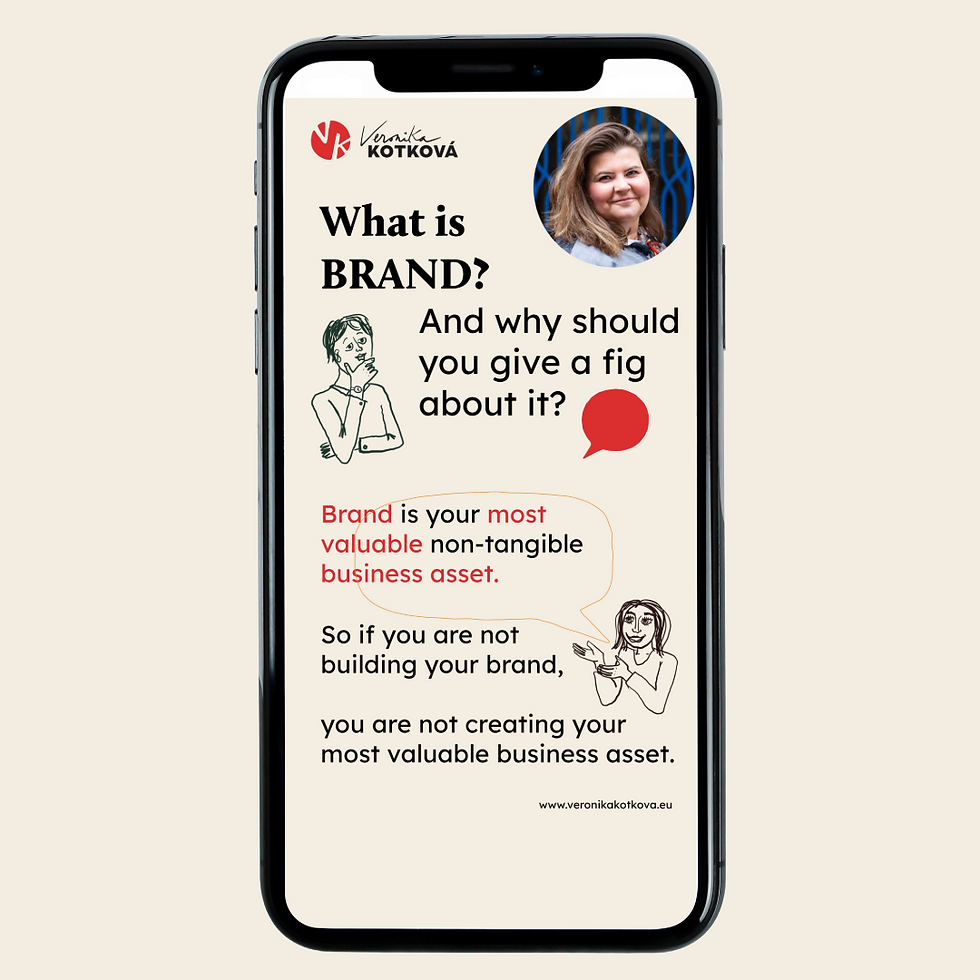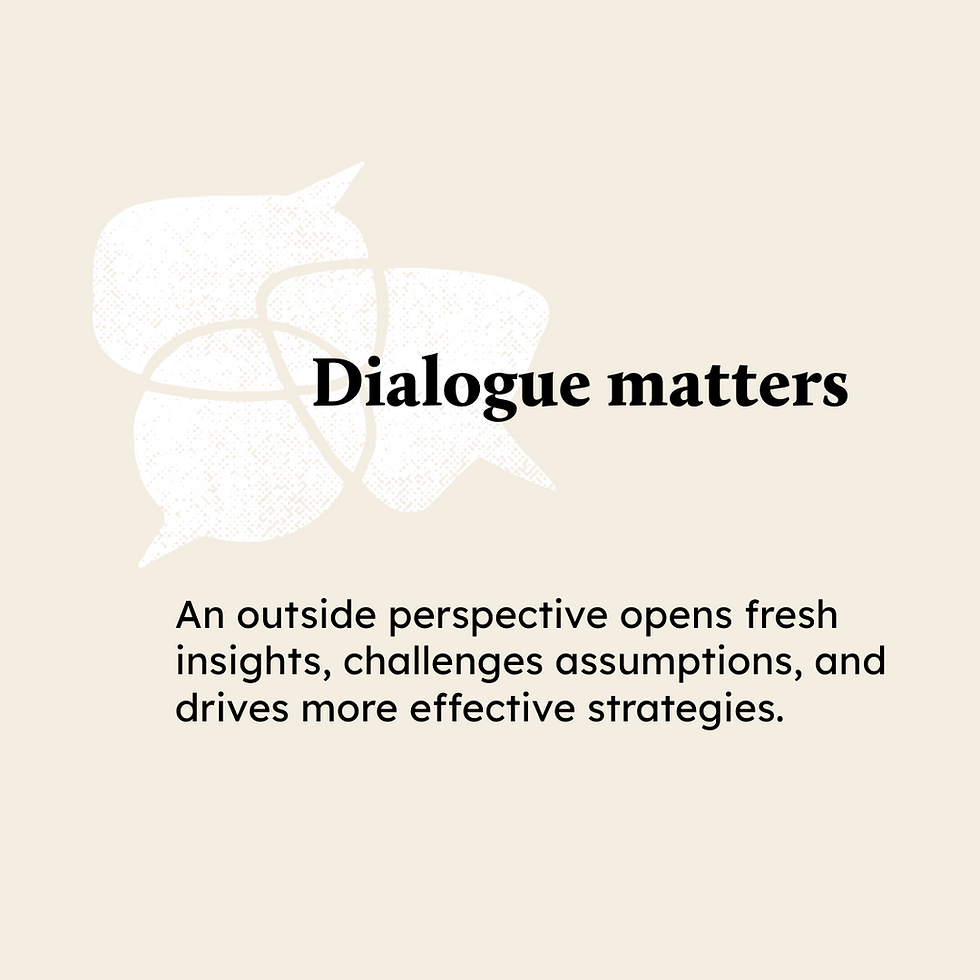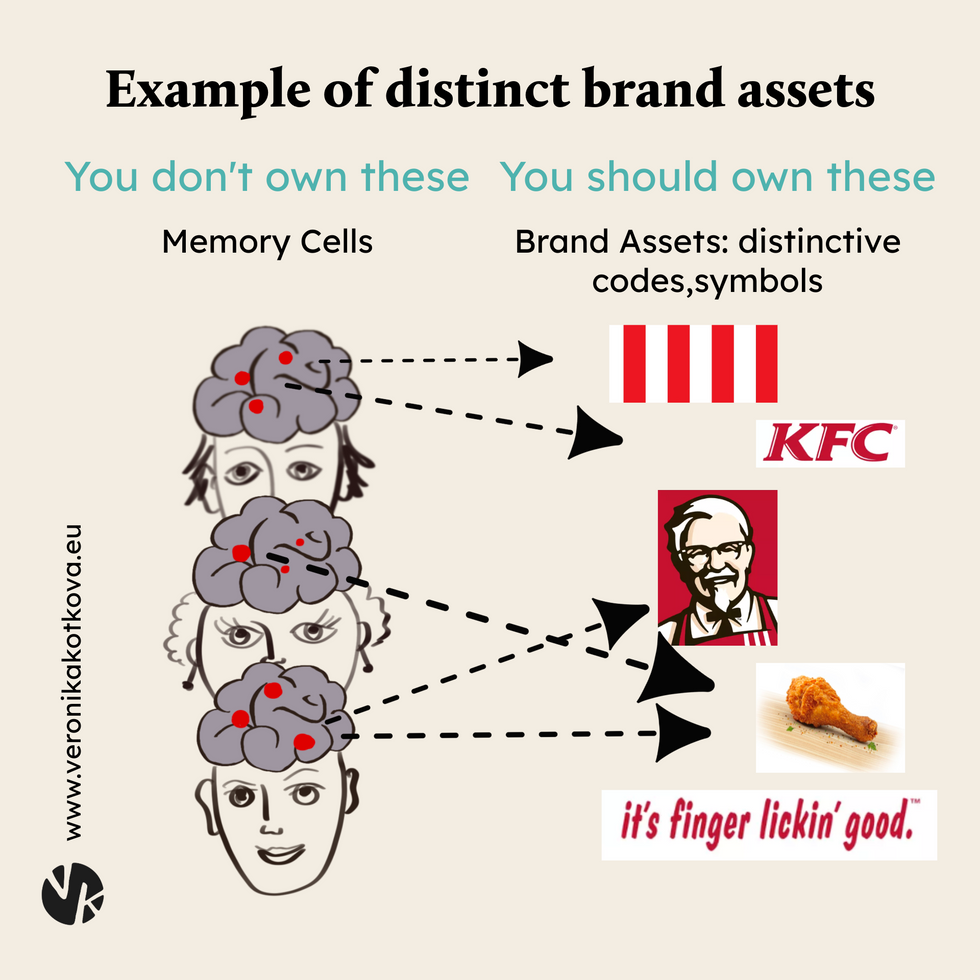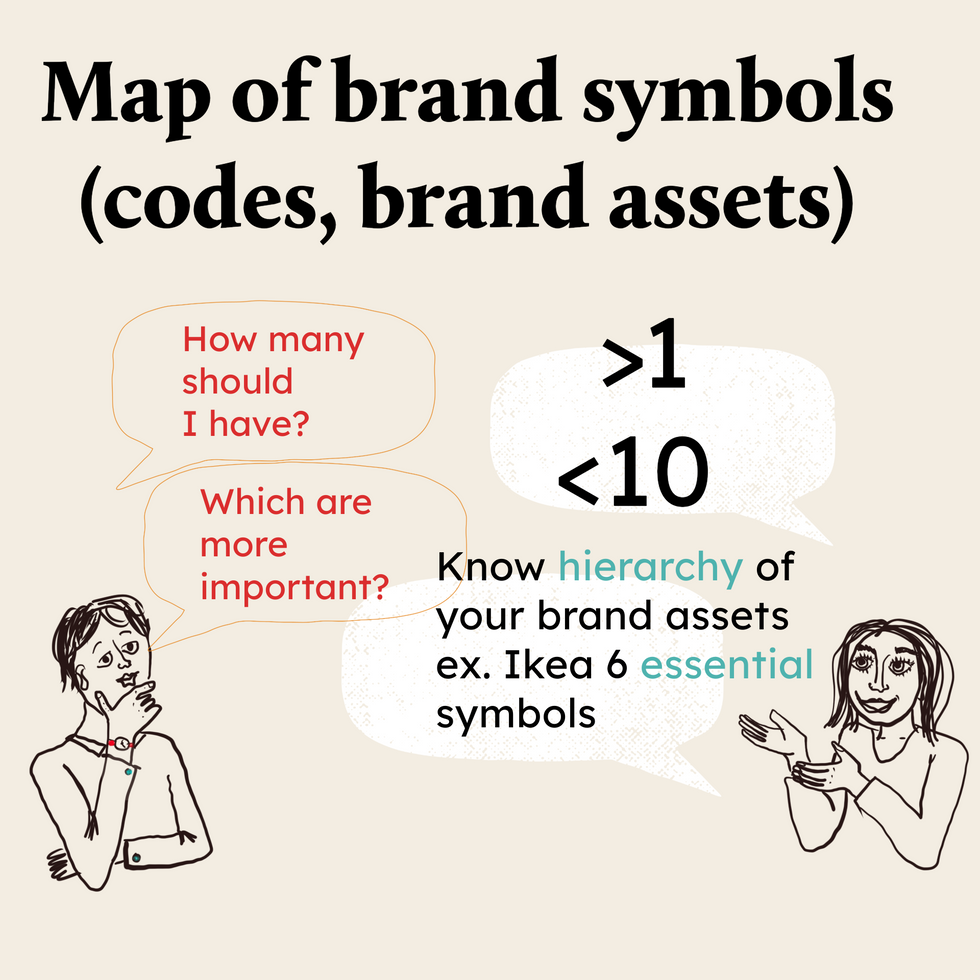A Well-Crafted Visual Identity Drives Brand Equity Growth
- Veronika Kotkova
- 17. 11. 2024
- Minut čtení: 3
Aktualizováno: 4. 2.
Your brand's visual identity is a cornerstone of effective brand development.
Visual identity is much more than a logo—it's the visual language that speaks for your brand. It includes logos, color palettes, typography, imagery, and graphic assets like patterns, icons, and layout styles. These elements come together to form a cohesive, recognizable image that communicates your brand’s values and personality. Done well, it becomes a powerful driver of brand growth.
Why Visual Identity Matters for Growth
1. Brand Recognition
Think of your favorite brands. Chances are, you instantly recall their logo, colors, or specific design style. That’s the magic of a strong visual identity. Consistency across all brand materials ensures your audience recognizes you immediately—whether they see your product on a shelf, an ad on social media, or a branded email.
2. Differentiation
In today’s crowded markets, looking and feeling different is essential. A distinct visual identity, particularly one that incorporates unique graphic elements like custom icons, patterns, or illustrations, sets you apart from competitors.
3. Emotional Connection
Visual identity isn’t just about being seen—it’s about being felt. The right colors, typography, and imagery can evoke emotions, align with your audience's values, and create a sense of loyalty and belonging.

Key Components of a Visual Identity
Your brand's visual identity should feel like a unified system, where each part reinforces the whole. These are the building blocks:
1. Logo
The cornerstone of your visual identity, the logo should encapsulate your brand's core values and be adaptable across different media.
2. Color Palette
Colors aren’t just aesthetic—they’re emotional. Blue suggests trust, red sparks energy, and green reflects growth. Choose a palette that aligns with your brand’s personality and resonates with your target audience.
3. Typography
Fonts convey tone and mood. A bold sans-serif suggests modernity, while an elegant serif reflects tradition. Typography should be consistent across platforms to strengthen your brand voice.
4. Imagery and Photography Style
The photos and visuals you use should reinforce your brand story. Consistency in filters, angles, and subject matter helps build familiarity.
5. Graphic Brand Assets
This often-overlooked category includes patterns, textures, icons, and illustrations. These assets add personality and depth to your brand while maintaining consistency across applications—from packaging to web design. For example, a custom pattern derived from your logo can create a unique background for presentations or digital banners.
How to Build a Visual Identity That Works
Start With Strategy
Understand your brand: what do you stand for, and who do you serve? Your visual identity should be rooted in these answers.
Invest in Cohesion
All elements, from the logo to graphic assets, should feel part of the same family. For instance, if your color palette is minimalist, your patterns and icons should mirror that simplicity.
Design for Versatility
Your visual assets must work everywhere: on a small business card, a billboard, or a social media avatar. Ensure scalability and adaptability without losing integrity.
Maintain Consistency
A style guide can be your best friend. It outlines how to use your logo, colors, fonts, and graphic elements, ensuring everyone on your team stays aligned.
Visual Identity in Action
A well-crafted visual identity isn’t just decoration—it’s strategy. It builds trust, drives differentiation, and fosters emotional connections. Graphic brand assets like patterns, custom illustrations, or icon systems are the glue that ties it all together, providing a unique edge that’s unmistakably yours.
Strong visual identities grow brands. They’re the first impression, the lasting memory, and the quiet reassurance that you’re a brand worth trusting.
Here, let me give you example of brand visual identity in use - of my own brand - that is trying to explain how visual identity helps you to get present in your customers memory cells - creating strong brand equity. Swipe through the gallery:




























Komentáře